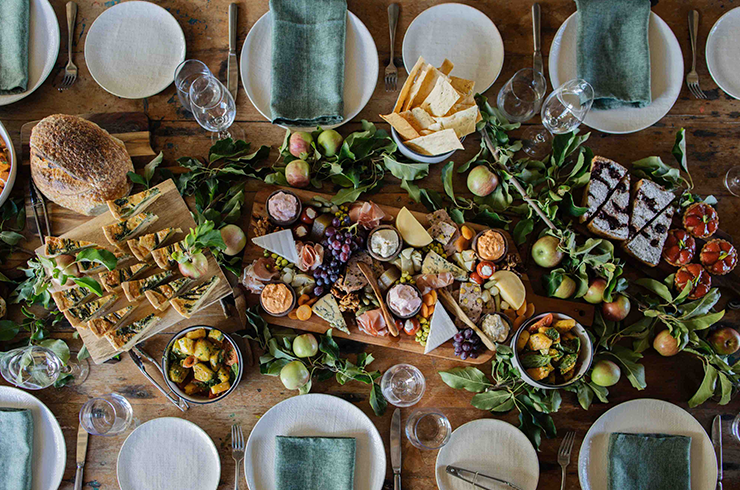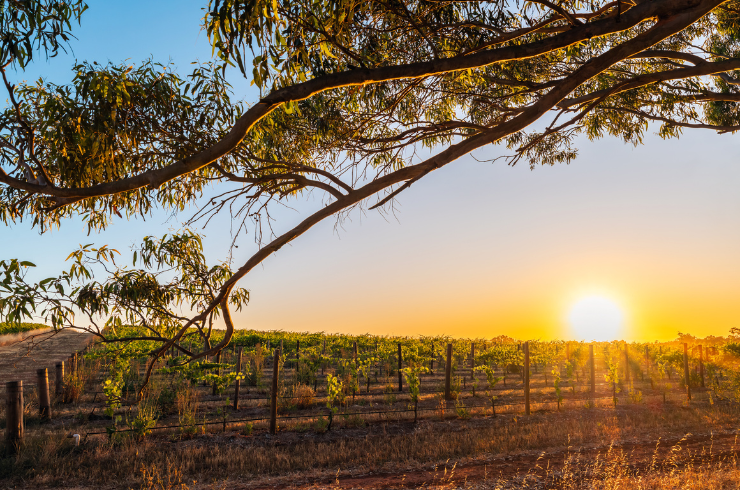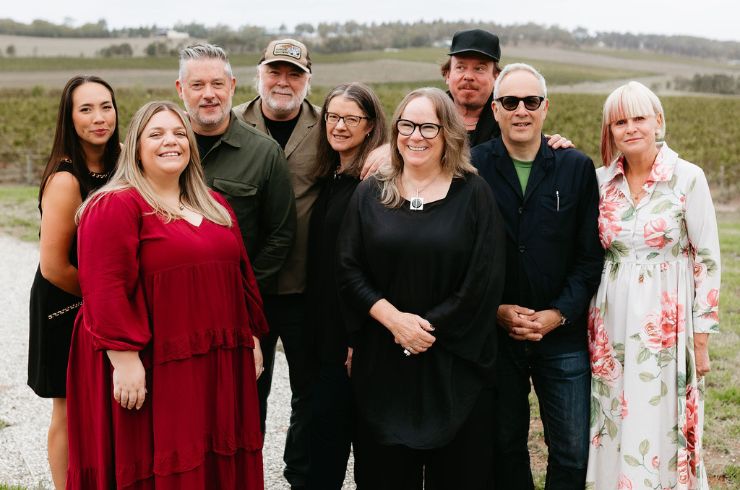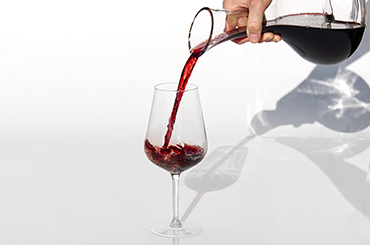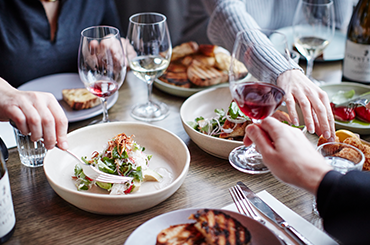What are the most useful words to describe wine? It’s a tough question because aside from possibly hundreds to choose from, few are widely adopted. Broadly, there are words for assessing, which are often specific and immutable, such as ‘volatile’ or ‘reductive’ – important, but on their own can be dull.
Then there are expressive words for describing the taste of wine – revealing verve and personality. These are necessary to breathe life into the original assessment. Yet the most critical part is that the descriptions are meaningful. Nothing rankles more than nonsensical terminologies.
Let’s pare this back, starting with some common descriptors to help you form an impression – helping you better understand and communicate exactly what you're tasting.
Fruit and savoury
Not quite opposites, but almost. Fruit is important as it’s the flavour of grapes and in young wine, it’s desirable. Wine might be reminiscent of lemons, strawberries, blueberries, blackberries and so on, depending on the varietal. A variation of this is fruity. Describing a sauvignon blanc as fruity would be fine, although more helpful would be tropical fruit, for example, passionfruit and guava. Marketers have stolen the fruit out of fruity and what they really mean is somewhat sweet.
Savoury is more complex and layered, which might point to the drink in question. A wine with a core of good fruit can certainly be savoury, but a fruit-driven wine generally isn’t. If you said the nebbiolo you’re drinking is savoury, I’d get it. But other words fall under the savoury banner and expand the appreciation, such as earthy, spicy, smoky, tar, peppery and umami. It’s about extra detail when you are finding the rights words to describe the taste of wine.
Dry and sweet
If you drank a Grosset Polish Hill Riesling, it would be described as dry – across the palate, it would feel crisp and taut, and its lemon-lime flavours would heighten that sensation, as would the acidity.
Sweet can be slightly problematic as we taste it differently. Grosset’s Alea Riesling is off-dry, meaning some residual sugar remains and it has a touch of sweetness more noticeable on the finish. But it’s not sweet across the palate like a Rutherglen Grand Muscat.
Mouthfeel
I’m really interested in a wine’s shape or its ‘mouthfeel’. This describes its sensation – the dry of the riesling, the sweetness of muscat, or pinot noir tannins that feel velvety, silky, smooth or chewy. Lees (the yeast cells left over from fermentation) influence in chardonnay often results in a creaminess or nuttiness across the palate.
Balance
One of the most important words in my wine lexicon is balance, describing where everything is in sync. It’s the right proportion of acidity to tannins or fruit to winemaking influences (i.e. oak input). Balance is an indicator of a great drink.
In summary
Finally, my impression is just that – albeit one based on experience, rigour and knowledge – if you disagree with a description, it should be encouraged, as it ensures diversity and highlights how we all taste wine slightly differently.
You will make up your own mind. Yes, I am a wine and word guide offering some direction, but you don’t have to follow my route. Ultimately, wine is all about enjoyment – a word everyone understands.

Read more about Jane Faulkner.
Next steps on your wine journey
If after reading this, you’re wanting more wine knowledge, you can always take one of our online or in-person Halliday Wine Academy courses.
Halliday Wine Academy: Fundamentals of Wine in-person education courseJoin Jane Faulkner in Melbourne this May 2025 for our Fundamentals of Wine in-person course. Across one two-hour session each week for four weeks, Jane will guide you through course materials and a selection of highly rated wines. Find out more.
Halliday Wine Academy: Introduction to Wine online education course
Across eight modules, Halliday Wine Academy's Introduction to Wine course offers a detailed look at the Australian wine landscape. Learn about wine varietals, Australian wine regions, how wine is made, how to taste and describe wine, how to approach food and wine matches, along with handy tips that address common wine questions. Find out more.
Once you've mastered the basics, enrol in Halliday Wine Academy's Wines of the World. Europe will guide you through the key regions, wine styles and grape varieties, labelling laws and appellations, and more, of France, Spain, Portugal, Hungary, Austria and Germany. Europe and Beyond will cover Italy, Greece, the Americas, South Africa and New Zealand. Purchase both courses as a bundle and save. Find out more.
Latest Articles
-
Win
Win a stunning collection of Plumm glassware and wine, valued at over $500
2 days ago -
Wine Lists
Top Christmas wines under $30 (and five worth splurging on)
2 days ago -
Wine Lists
Why you should drink Australian this festive season (and 80 of our best wines to try)
2 days ago -
From the tasting team
The Aussie wines the Halliday Tasting Team will be opening this festive season
2 days ago

